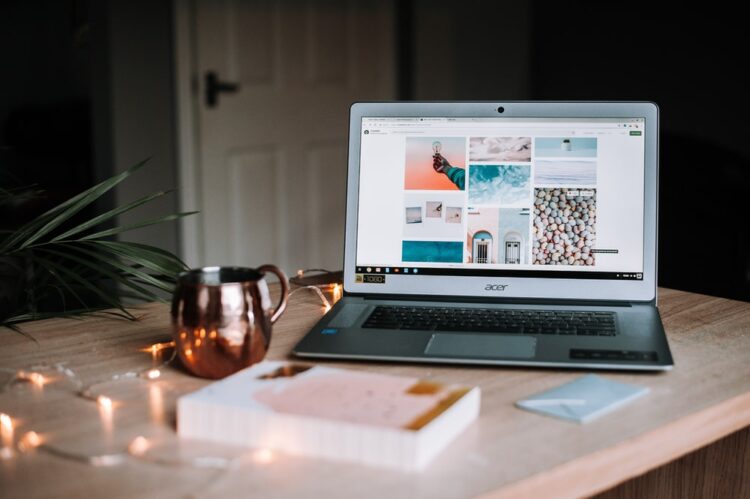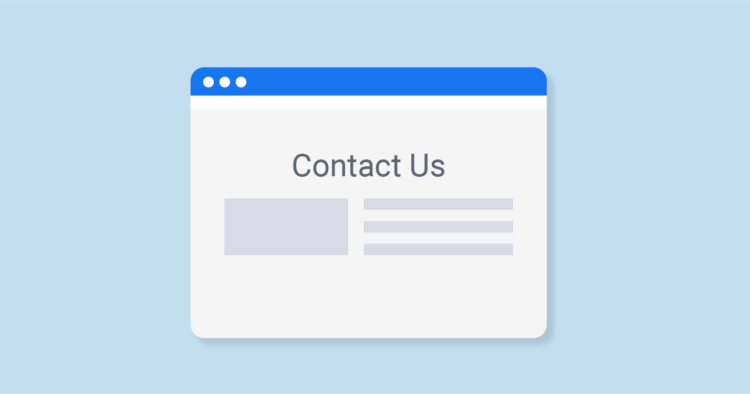There are thousands, if not millions, of people blogging around the world these days, meaning the competition is incredibly high. Whether you’re a travel blogger, or concentrate on finance, sport, art, DIY or any other niche, the number of blogs on the topic is quite staggering.
Which means you need to do what you can to stand out and stay ahead of the competition in order to secure your readers. This can often be done by adding particular features to your site. Website builders such as Duda.co are offering more and more features available to add to websites and blogs these days, while there are many other features and types of structure your blog should have.
But what are the five you need to have on your site for it to succeed?
Page Contents
1. Be More Visual

Source: unsplash.com
You’ll find dozens of different types of gallery available to you these days, so make sure you capitalise on those. With more and more platforms now visual, while the likes of YouTube and TikTok are among the most engaged with social channels, it’s incredibly important to be more visual than ever before.
When it comes to being visual, there is plenty to think about. First and foremost your target audience. Think about the content they would want to see. For example, a millennial based audience spend much of their time across social channels, and with TikTok on the rise, video is going to be a big draw to users.
It’s easy to integrate videos and you can embed YouTube videos directly into posts using the embed codes found on the YouTube website. However, there are also more design-led widgets available if you wish to give your blog a bit more pizzazz, such as video headers.
Other visual elements that can be integrated into blogs include:
- Images/Galleries
- GIFs
- Maps
- Slideshows
- Social feeds
And of course many more. It’s all about what will enhance your reader’s user experience. Don’t put content in for the sake of putting content in.
2. Grab Attention In The Headline

Source: samayo.org
On your blog, headlines of articles should be clear and prominent on the page, but with that it also needs to be snappy and attention grabbing. There are many top tips you’ll find for creating headlines, including:
- Make it unique
- Be specific
- Use interesting adjectives
- Speak to the reader
- Use emotional language
And of course, many other methods depend on what the article is about and exactly what you wish to portray in it.
The importance of headlines aren’t just from a reader’s perspective either. They can be so important from an SEO perspective too. Many bloggers now take their work seriously and if you want as many eyes on it as possible, then search engine optimization needs to be considered.
Headlines should use specific keywords in which they’d want to appear on a Google search. For example, if you were writing a post about Tokyo dining spots that don’t cost a fortune, you may wish to include “Tokyo cheap eats” in your headline, as this is what the vast majority of people will be searching. Google will then recognise this and is more likely to place your post higher in the Google rankings. That’s in a nutshell. It is of course more complex than that, but doesn’t take away the importance of getting your headlines right.
3. Integrate Unique Apps

Source: unsplash.com
Think about how you can elevate your content with different elements of content and differ yourself from the competition. For example, if you’ve developed a travel blog, consider video or integrating maps into your content, adding an extra dimension to your content as well as being more informative and useful to readers. There are hundreds of great apps that can be integrated into blogs, from weather apps to live stocks and shares, and many more.
Consider what would be best for your blog, and explore your options. Make sure that the apps you are integrating have value and improve the user’s experience. Don’t add a weather app in a blog post about soccer transfer news, for example. While a rolling news feed integrated in from a respected sport site would be useful on the other hand.
4. Contact Page

Source: sitechecker.pro
Every blog should have a contact page, or at the very least a clear and effective way for readers to get in touch with you. The whole point of writing a blog is to engage with readers, but if there’s no way to engage back, then it defeats the whole object.
There are all manner of reasons people may wish to get in touch with you, so making it easy for them to do so with a contact page displaying all the options is extremely useful. Firstly, people may get in touch to say how much they are a fan of your work, which is always nice. Meanwhile, they may wish to ask you questions or offer tips on what to write about next.
More importantly, for some, is that potential advertisers may get in touch and if you’re wanting to monetize your blog, then people are going to need to be able to contact you.
5. New Content First

Source: martech.org
There are dozens of great templates out there for blogs so when it comes to selecting the right one for you, it can prove a tricky task. However, there are a few things to bear in mind when it comes to building a blog. Firstly, you need a smart and simple layout, and secondly it’s always good to have your newest content taking centre stage.
You will find some blogs that order chronologically. However, you want yours in reverse chronology, allowing the new content to take precedence so users don’t have to scroll down to find it.
This will encourage more people to return after reading a post too as they will always know that the newest content comes first. You can further this by categorizing your content and including a menu at the top which again will help guide users through your blog much more efficiently.





